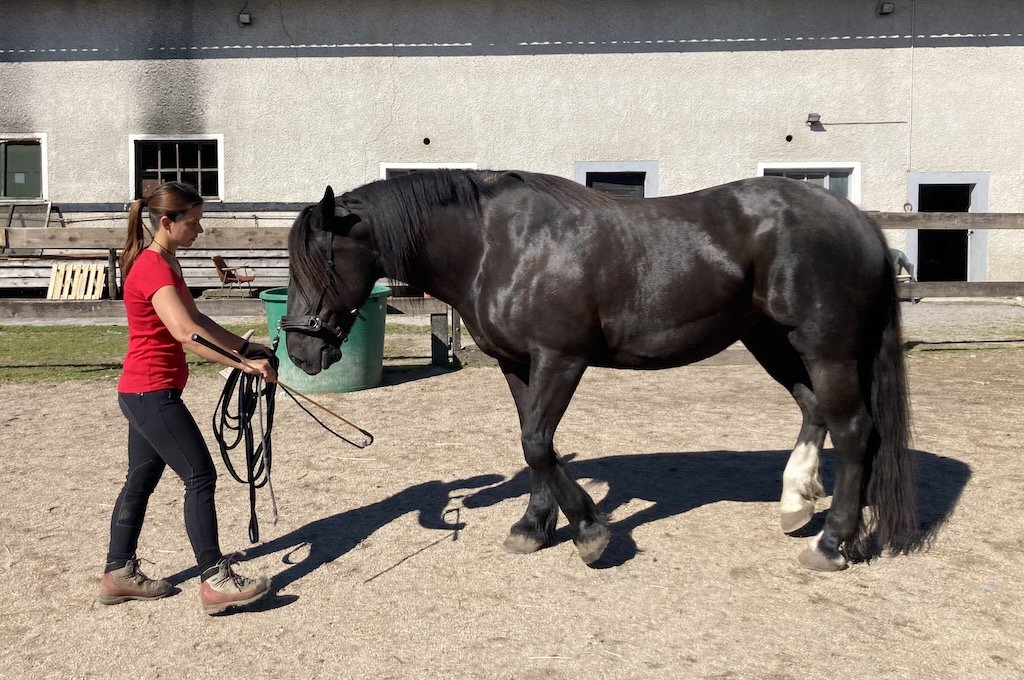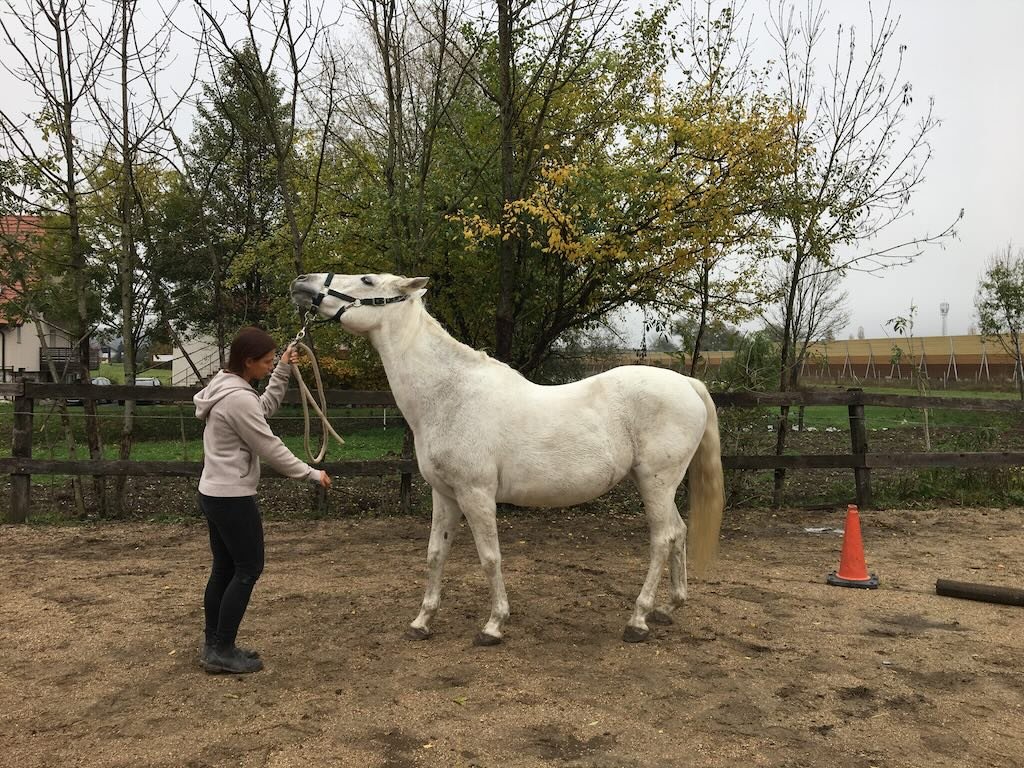It's not what you do, it's how you do it
When it comes to which exercises are appropriate for a specific goal, it all depends on the manner in which they are executed.
If backing up is done correctly, it can be very beneficial.
People often ask me about which exercises are appropriate for their horse in order to either improve posture or build strength. This is a tricky question, because the answer will really depend on your definition of a specific exercise.
Take backing up as an example. Backing up can be a great exercise to build core strength and improve coordination. BUT, it can also be a great way to reinforce bad posture and create tension in the spine. When backing up the horse can either lift through the thoracic sling, lowering his head and neck, bend the hind legs and step backwards with engagement. Or, he can lift up his head and neck, push the base of the neck down, extend his spine and move the hind legs without bending them. These are two completely different scenarios with completely different outcomes.
How you start to teach the horse to back up will have a big impact on how he chooses to do it. Not to be too harsh on the natural horsemanship communities but a lot of owners that do follow those principles have the wrong idea of what the point of backing up is. Or at least, what the potential of this exercise is. Getting the horse to back up by using increasingly strong signals from the lead rope will most likely be the fastest way to teach him. However, creating backwards movement by swinging the lead rope will most likely result in the horse lifting his head and tensing through his neck muscles, especially the small muscles around the poll. They will learn to back up quickly, rushing the movement.
Backing up with the head high is far from beneficial.
If instead, you take a different approach and guide your horse to back up in a healthy posture, it will take more time to get the movement you want, but the final result will be way more beneficial. If you teach him how to first relax his neck muscles, then explore lifting through the base of the neck and engagement of the thoracic sling, and only ask him to step back once he's mastered that, you are paving the way for success. The same logic can be applied to most exercises that are often prescribed for strength and posture training. Ground poles, cavaletti, turns on the haunches, walking up and down hills... It will always depend on how you do the exercise. Every step made in a healthy posture is a step towards success and every step made in a bad posture is a step in the wrong direction. So, the answer to the question of what exercises should you do with you horse is always – do the exercises that your horse can perform in a good posture and only do them for as long as the horse is able to maintain that posture.

